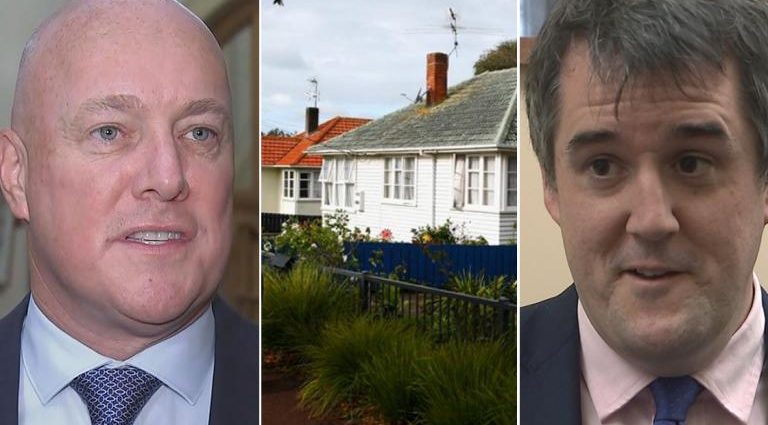PHOTO: Housing Minister Chris Bishop, says there’s an “unacceptable number” of new vacant Kāinga Ora homes around the country. NEWSHUB
Housing Minister Chris Bishop has expressed concern over what he deems an “unacceptable number” of newly constructed vacant Kāinga Ora homes nationwide. In a statement released on Thursday, he revealed that approximately 3900 public homes, constituting 5 percent, currently stand unoccupied. Bishop emphasized the issue by highlighting that nearly 20 percent, or 786, of the new public homes delivered by Kāinga Ora – Homes & Communities between June 2022 and October 2023 were vacant as of October 31, 2023, with nearly 300 remaining unoccupied for four months or more.
SPECIAL OFFER: Looking to advertise online but finding the ‘BIG BOYS” too expensive?
Detailing the extent of the problem, he pointed out instances of neglected properties with stained paint, overgrown lawns, broken-down cars, and patched-up walls. The Minister conveyed his expectations to Kāinga Ora’s board through a letter, urging that “social homes are not to be left empty for a day longer than absolutely necessary.” While acknowledging potential valid reasons for delays in home occupancy, Bishop deemed the identified timeframes as beyond what he considers appropriate.
In response, Kāinga Ora’s Chief Executive, Andrew McKenzie, affirmed the agency’s commitment to minimizing the duration of newly built homes being vacant. He mentioned ongoing efforts to streamline processes and reduce timeframes, emphasizing that staff are dedicated to matching available homes with suitable occupants. McKenzie highlighted the meticulous pre-housing conversations and various steps involved in the tenant selection process, acknowledging that some homes require compliance checks or connections to utilities before occupancy.
The Kāinga Ora Board is in the process of formulating a formal response to the Minister’s concerns. Meanwhile, McKenzie stressed that the agency, which has delivered numerous new homes, is eager to see people inhabit them due to the positive impact stable housing can have on individuals.
Former Prime Minister Sir Bill English is conducting an independent review of Kāinga Ora, with results expected to reach the government by late March. The agency currently manages around 65,500 public homes, with 2.7 percent vacant due to being between tenancies or undergoing repairs. In Wellington, the vacancy rate is higher at 12.2 percent, mainly attributed to older housing, including the under-repair Dixon St Flats.
The Data Company: Empowering Real Estate Professionals in New Zealand Since 2011
McKenzie further noted ongoing processes involving 2,461 sites and homes in retrofit, demolition, sale, or end-of-lease procedures. He provided insight into the Te Mātāwai building in central Auckland, the largest public housing development in Aotearoa, with 200 public apartments. While not fully tenanted, McKenzie explained that staged placements and phased moves into larger developments aim to prevent disruptions and foster community relationships.
The data indicates that approximately 25,000 individuals are currently on the waiting list for a Kāinga Ora public home. The agency is actively addressing the issue to ensure efficient and timely occupancy of available housing.
SOURCE: NEWSHUB














